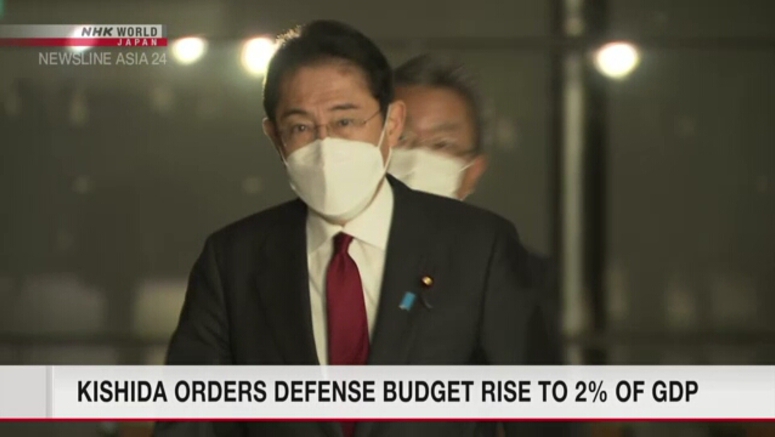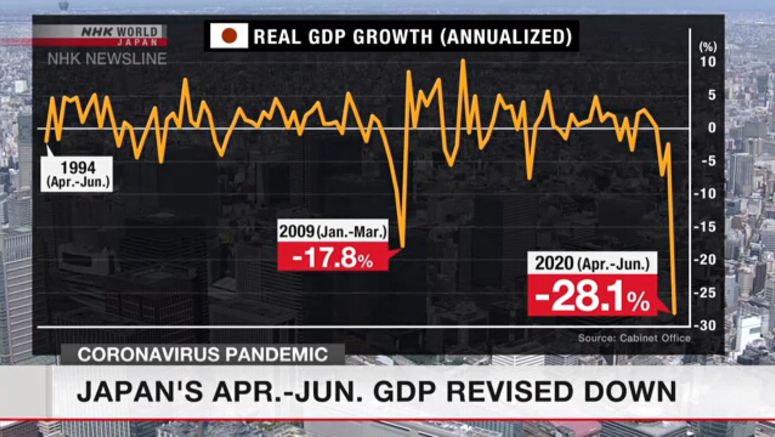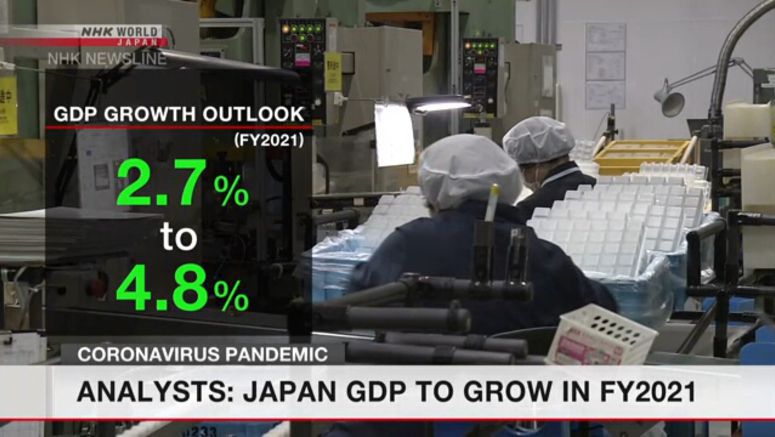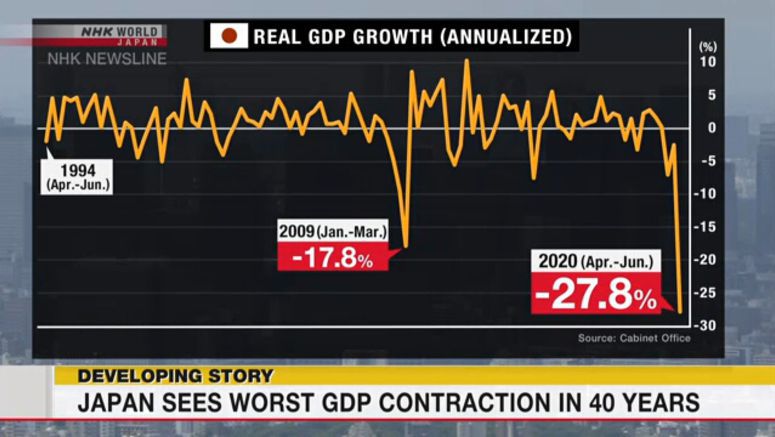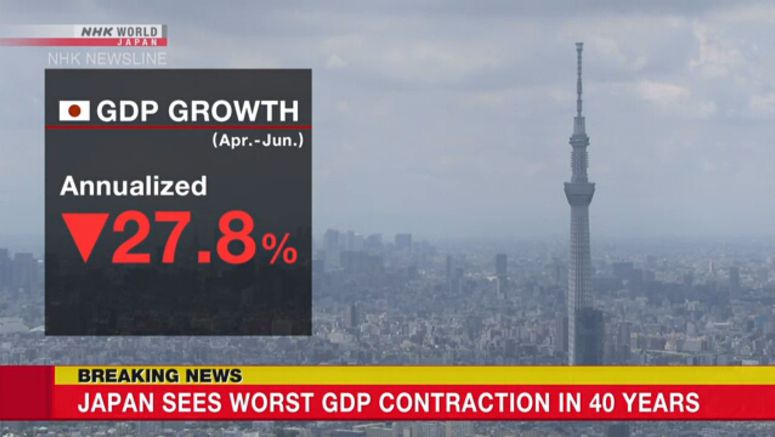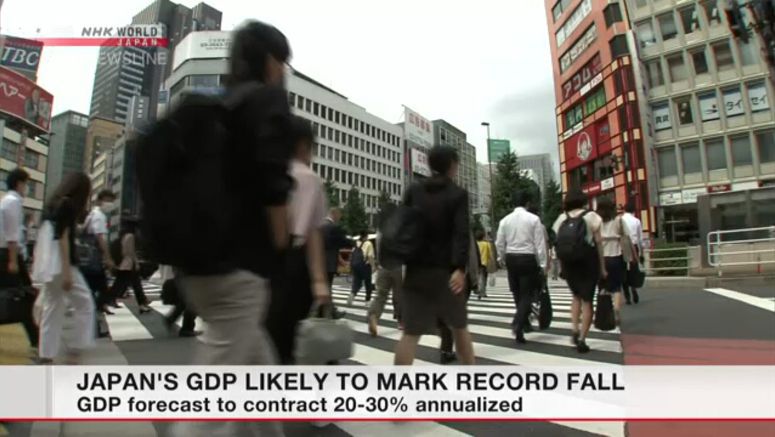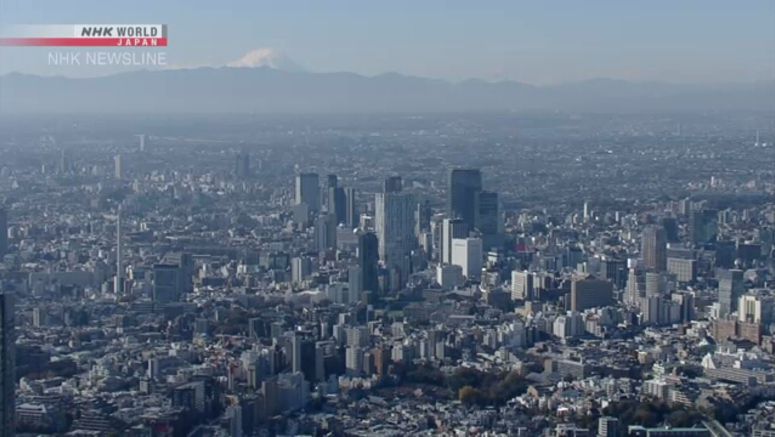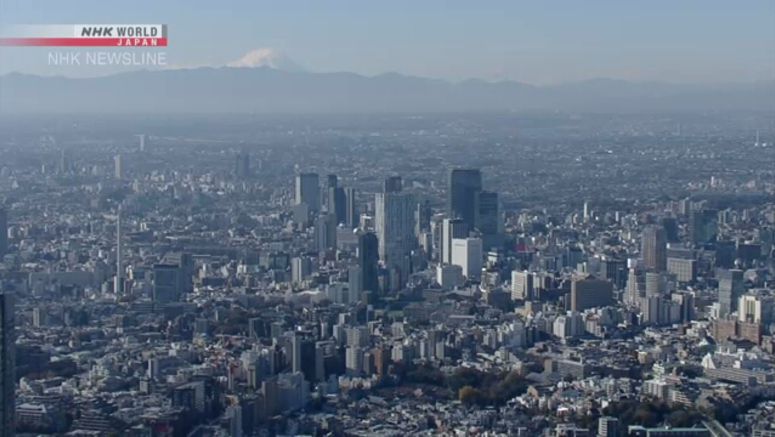Japan's Prime Minister Kishida Orders Defense Budget Rise To 2% Of Gdp
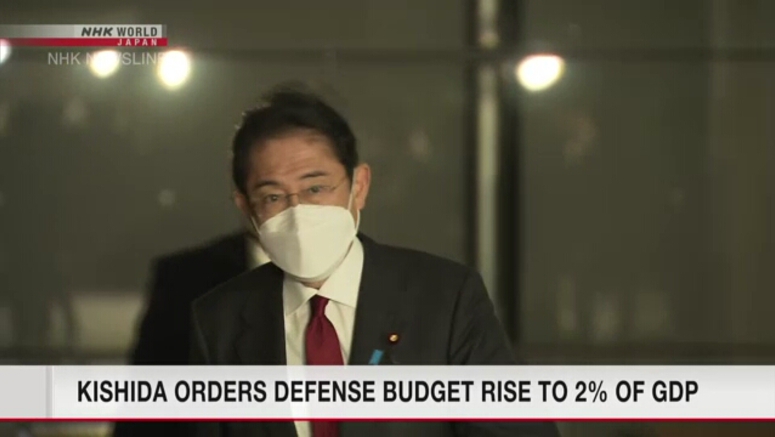
Japanese Prime Minister Kishida Fumio is ordering a significant increase in defense spending in five years. It comes as the ruling coalition has been raising concerns about security around Japan.
Kishida met with the defense and finance ministers on Monday. He told them he wants defense spending to rise to 2 percent of Japan's GDP in fiscal 2027.
- Published in News
- Read more...
